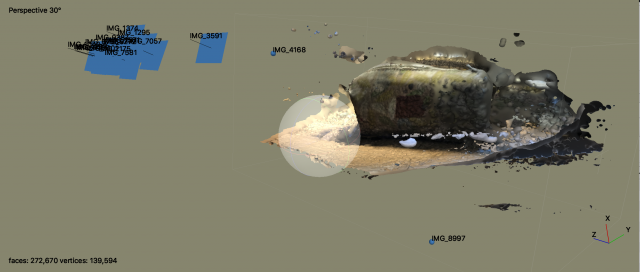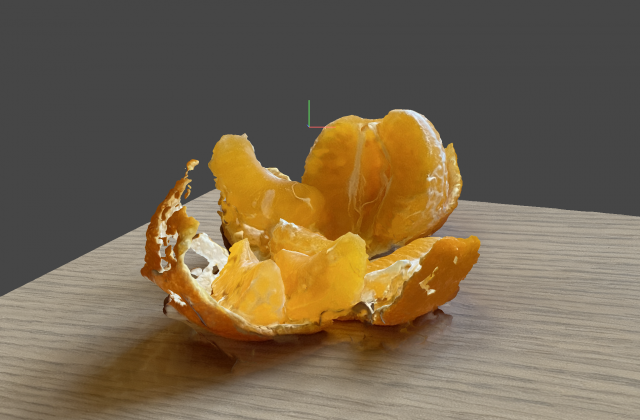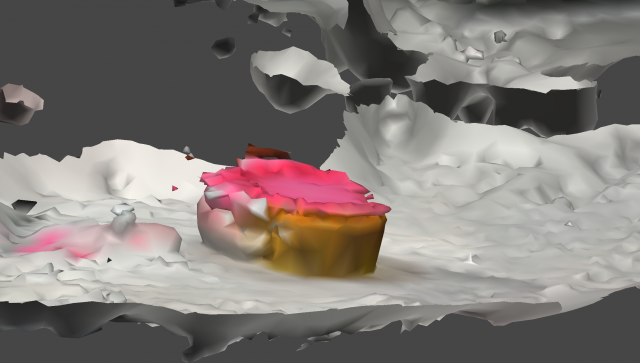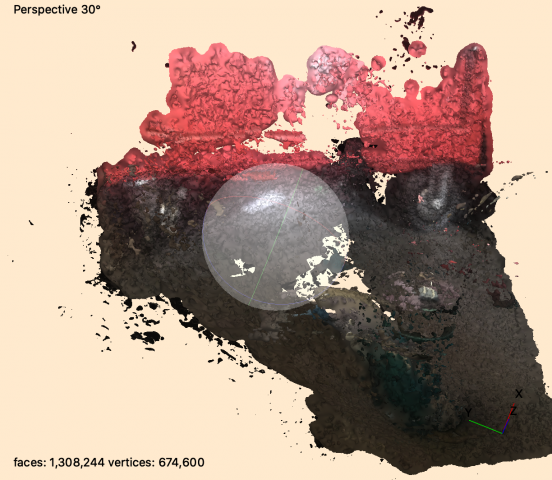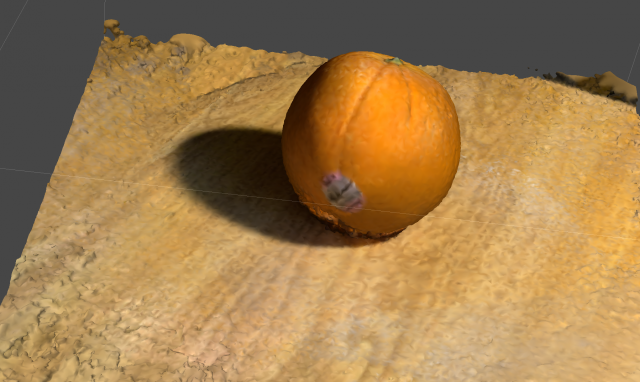In response to Izzy, who shared Learning to See:
I remember seeing Memo Akten’s lecture as well, but that happened when I was a wee first-semester freshman, unknowledgeable and unappreciative of the power of machine learning. I had completely forgotten about this project, and I’m delighted that viewing it for a second time felt completely different. Maybe I’ve just become a more philosophical person within the past year and a half in general, but this video creates a rollercoaster of emotion in me that did not happen back then. There was a strange empathy and attachment I felt for it; I could almost feel a humanness coming from the program because I was watching it learn, be resourceful, and try. It felt like I was witnessing a child do something for the first time, and I was proud of it. But then I snapped back to reality and realized that a computer was behind all of this, and it made me kind of fearful. It shows how close we are to faking humanness in computers, which is a dangerous place to be. Even though using machines to make art may be inspiring and beautiful on a surface level, it’s important that we also consider the repercussions of these tools. It’s ironic and terrifying to think that some random experimental media artist could be the culprit of the singularity.
Izzy, I know you’ve been at the STUDIO a while so you may have already thought about this, but I also want to note that Learning to See reminds me of Xoromancy, a collab by Gray Crawford and Aman Tiwali, two CMU alumni. I wonder now if the two of them took inspiration from Akten, as Learning to See was made a year or so before Xoromancy.
Other posts I read:
Steven
Huw
Jacqui
Stacy
